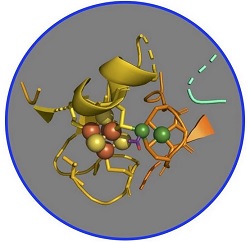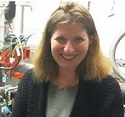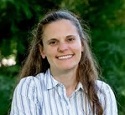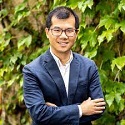From the Director
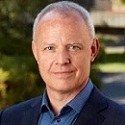
We are pleased to announce that SSRL user operations for the FY2024 experimental run will start in mid-November. SPEAR3 is in start-up mode and radiation physics reviews for each beam line are scheduled for the week of November 6. The user program will start the following week on most of our beam lines. For more information see our beam time schedule, operating schedule and SPEAR3 status pages.
The downtime period from September 6 to November 6 was spent on a range of projects from long-planned in-alcove work on the optical systems required for the BL10-2 upgrade to addressing system issues in the booster and SPEAR3 that developed over the long down period and affected operations.
With repairs done and installations in place we are looking forward to a long and successful FY2024 run – and we welcome you as our user community back to SSRL!
SSRL/LCLS Users' Meeting Wrap-Up
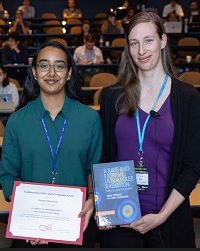
Our Annual SSRL/LCLS Users' Meeting was held during the week of September 24-29. It was exciting to host the event live and in person once again. Over 500 users, staff, speakers and exhibitors came together to celebrate this long-standing tradition. The chairs of this year's meeting were James Evans (University of Utah), chair of the SSRL UEC, and Nick Hartley (SLAC), chair of the LCLS UEC.
Over 25 workshops were held during the week-long event, including the Fundamentals at SSRL and LCLS workshop which provides a growing collection of introductory video presentations available on a Youtube channel. Early career speaker awards were presented to Monty Cosby (SLAC) and Priyanka Muhunthan (Stanford), with honorable mention to Avery Hanna (SLAC).During the plenary session on Wednesday, September 27, update reports by Mike Dunne, LCLS Director, Paul McIntyre, SSRL Director, and Linda Horton, Associate Director of Science for Basic Energy Sciences, Department of Energy, were followed by plenary talks by Phoebe Lam (UCSC) on "Iron and Manganese in the Ocean", Possu Huang (Stanford) on "Bioengineering for Immuotargeting and Beyond", and Alke Meents (CFEL/DESY) on “High-throughput Pharmaceutical X-ray Screening Using Serial Crystallography.” The poster session took place Wednesday afternoon and an opportunity was taken to commemorate LCLS-II first light during the evening reception.
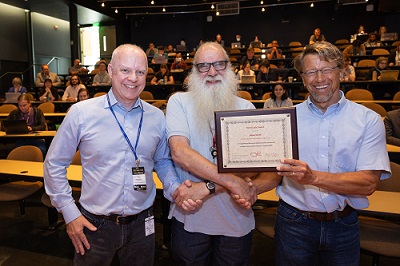 SSRL and LCLS award winners gave talks during Thursday morning's plenary session. Ashley James (U Saskatchewan), the 2023 Melvin P. Klein Scientific Award winner, presented her research on chronic and acute mercury exposure and Angel Garcia-Esparza (SSRL), the 2023 Spicer Young Investigator Award winner presented his research studies related to catalysts in action.
SSRL and LCLS award winners gave talks during Thursday morning's plenary session. Ashley James (U Saskatchewan), the 2023 Melvin P. Klein Scientific Award winner, presented her research on chronic and acute mercury exposure and Angel Garcia-Esparza (SSRL), the 2023 Spicer Young Investigator Award winner presented his research studies related to catalysts in action. The 2023 Lytle Award went to SSRL electrical engineer and physicist Jim Sebek for decades of dedicated synchrotron developments and problem solving. Sebek has worked on almost all of the electrical systems at the Stanford Positron Electron Accelerating Ring (SPEAR) over his 39-year career at SSRL. His job description may be summarized as “fix whatever needs fixing,” according to SSRL senior scientist James Safranek (see more).
A total of eight poster awards were given out this year. The three Joe Wong Poster Awards were given to Jenna Vesey (Ramapo College of New Jersey), Mukul Sonker (Arizona State University), and Alfred Zong (UC Berkeley/Stanford University). Five BioXFEL awards were given to Moritz Kretzschmar (LBNL), Ryan Lamb (University of Michigan), Wenxin Li (Yale), Lizzie Paulus (Stanford University), and Doris Mai (Caltech). See Poster Session


